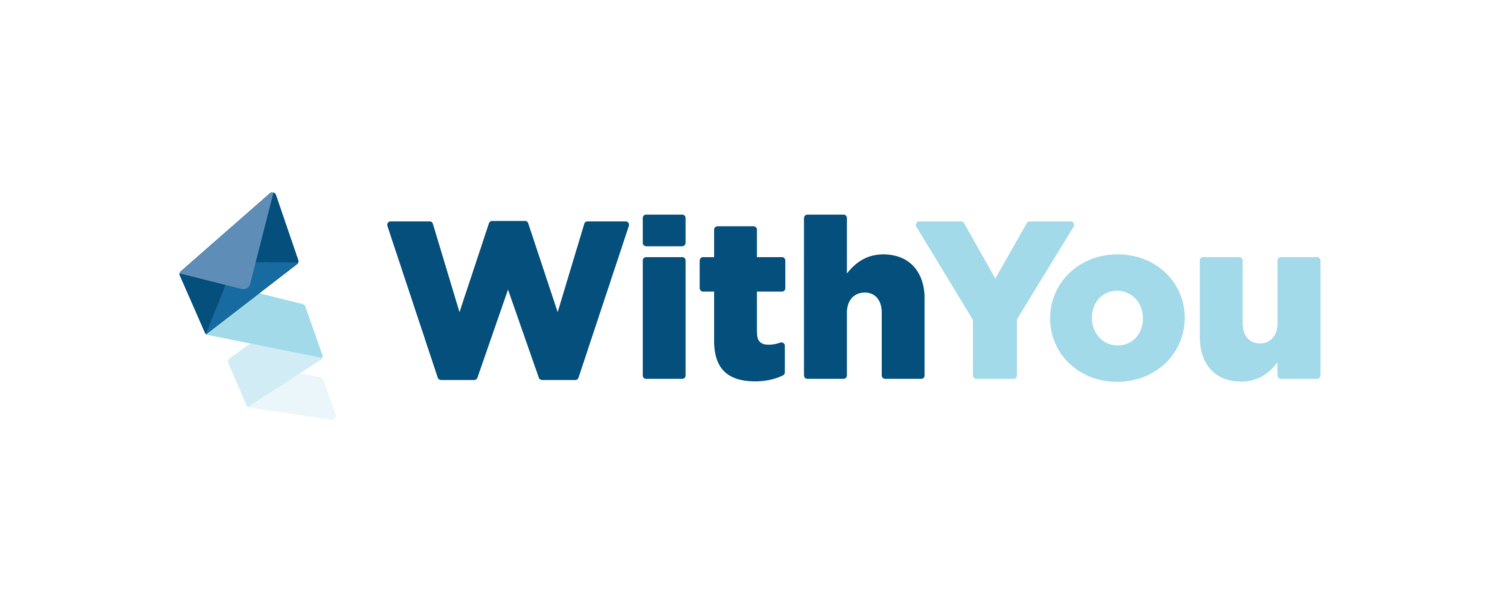Enhancing Project Team Collaboration with AI-powered Tools: A Guide for Leaders
Team collaboration is the bedrock of successful project management. With diverse skillsets, perspectives, and ideas converging on a single objective, the importance of effective team collaboration cannot be overstated. Recently, technology has played an increasingly pivotal role in this domain, with Artificial Intelligence (AI) taking the spotlight.
So, how exactly can AI elevate team collaboration within a project setting? Buckle up as we explore this innovative frontier, to help you achieve the success you’re aiming for.
The Rise of AI in Project Management
Artificial Intelligence, or AI, might sound like something out of a science fiction movie. It used to be a futuristic idea. But today, it's not a fantasy anymore. It's real and it's here, playing an important role in many different fields. One of these fields is project management.
But, What is Project Management?
It's how we plan and organize tasks to get a project done. Think of it as a way to keep everything and everyone on track. And when you're trying to manage a big project with a lot of different parts and people, it can be pretty tough. That's where AI comes in.
Project teams are using AI to help them do their jobs better. AI can do some pretty amazing things. For instance, it can learn from experience, much like we do, but on a much larger scale and faster pace. This is called machine learning.
Understanding AI-Powered Tools for Team Collaboration
AI tools harness their computational prowess to streamline collaboration and drive efficiencies. From enhancing communication to automating scheduling, AI is proving to be a game-changer.
Here are five ways AI-powered tools can supercharge project team collaboration:
1. Improved Communication
Tools like Usemotion utilize AI to offer real-time translations, transcriptions, and sentiment analysis, enabling seamless and effective communication across global teams. The advantages of using Usemotion extend beyond language barriers, facilitating efficient and inclusive communication.
2. Automated Scheduling
AI can automate schedule planning and adjustments, accounting for variables like team availability, priority tasks, and deadlines. This frees up valuable time for project teams to focus on their core tasks.
3. Intelligent Task Management
AI can assist in assigning tasks based on team members' skills, workload, and performance history, ensuring optimal distribution of tasks.
4. Data-Driven Decision-Making
AI-powered tools can crunch vast amounts of data to provide actionable insights, aiding strategic decision-making and risk management.
5. Enhanced Performance Monitoring
AI aids in accurately measuring marketing KPI performance, enabling teams to keep track of project progress and making necessary adjustments in real-time.
How to Integrate AI-Powered Tools into Your Team
Transitioning from a more traditional format of operations to one that’s AI-assisted can be tricky. Here’s a step-by-step guide that can help you:
Identifying Your Team's Needs
The first step in integrating AI-powered tools into your team is identifying your needs. Look at your team's workflow and figure out where you are facing issues. These issues could be bottlenecks where tasks are piling up or repetitive tasks that consume more time than they should. Identifying these areas will help you understand what type of AI tool you need to improve your team's efficiency.
Researching the Right Tools
Once you've identified your team's needs, start researching the tools that can help you address these challenges. There is a multitude of AI tools available, each with its own strengths and weaknesses. Consider tools that align with your team's workflow and can effectively address the bottlenecks you've identified.
Implementing a Phased Approach
When introducing a new tool, especially one as potentially transformative as AI, it's best to take a phased approach. Start with a pilot program, using the AI tool on a small scale or on a single project. This allows your team to adapt to the new system gradually and provides an opportunity to troubleshoot issues before full-scale implementation.
Investing in Training
To ensure your team can effectively use these AI tools, invest in proper training. Make sure every team member understands how to use the tool and how it fits into their workflow. This might require sessions with the tool provider, online courses, or in-house training led by a team member who has mastered the tool.
Overcoming Challenges in AI Adoption
Like most inventions, AI-powered tools for project team collaboration don’t come without their fair share of drawbacks. Here’s a list of challenges in AI adoption and what you can do to avoid or minimize them:
Understanding the Resistance to Change
Change can be daunting, and adopting AI is no small alteration to workflow. Resistance to AI adoption often stems from fear of the unknown and a lack of understanding about how these tools work. As a leader, it's important to empathize with these concerns and address them proactively.
Empathetic Leadership and Transparent Communication
Addressing challenges requires understanding and transparency. Start by explaining why the team needs AI tools and how they will benefit each team member. Provide information about how AI works, dispelling myths and clarifying the actual implications of using AI in their workflow.
Ensuring Data Privacy and Security
When it comes to AI, data privacy and security are paramount. Reassure your team that the right measures are in place to protect their information. Choose AI tools that prioritize data security and follow best practices for managing sensitive data. By ensuring your team feels safe with the new tools, you will help foster their trust and acceptance of these innovative solutions.
Final Thoughts
In a world that is increasingly turning to AI, project teams that leverage AI-powered tools will undoubtedly stay ahead. While the journey may seem daunting, the rewards—enhanced team collaboration, increased productivity, and more—are well worth it. And remember, AI tools are not here to replace us; they're here to make our work easier, faster, and more effective. It's time to embrace the future.
This article was written by: Bash Sarmiento

